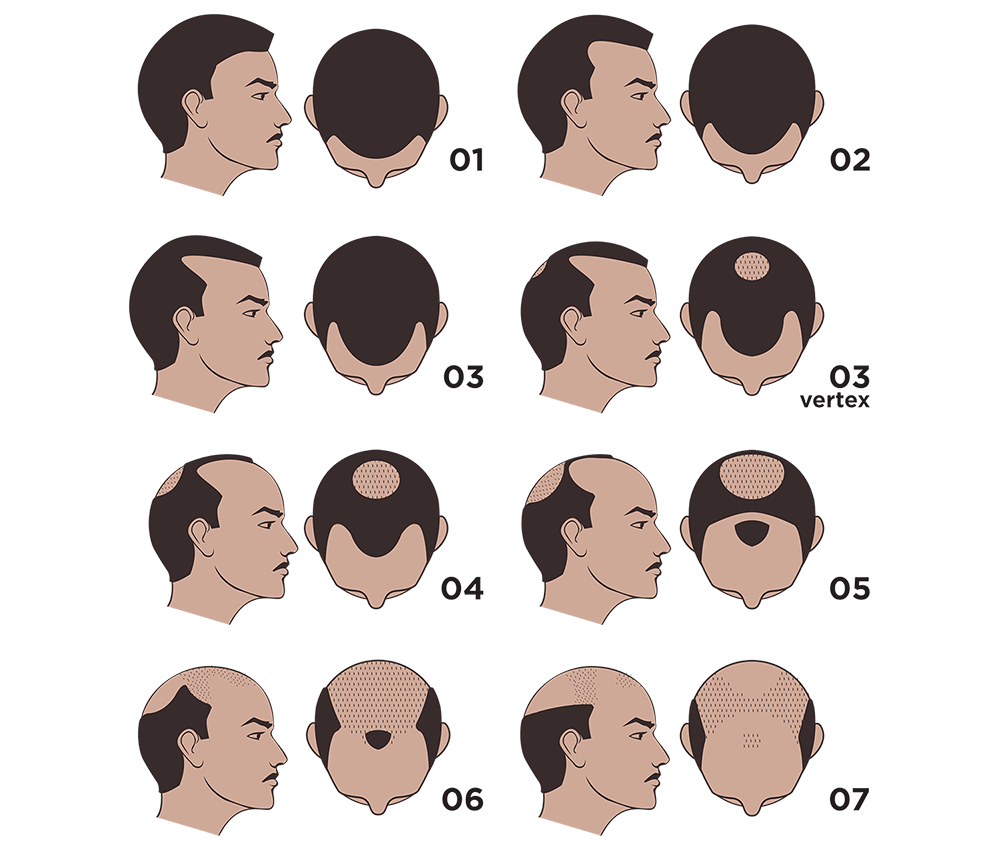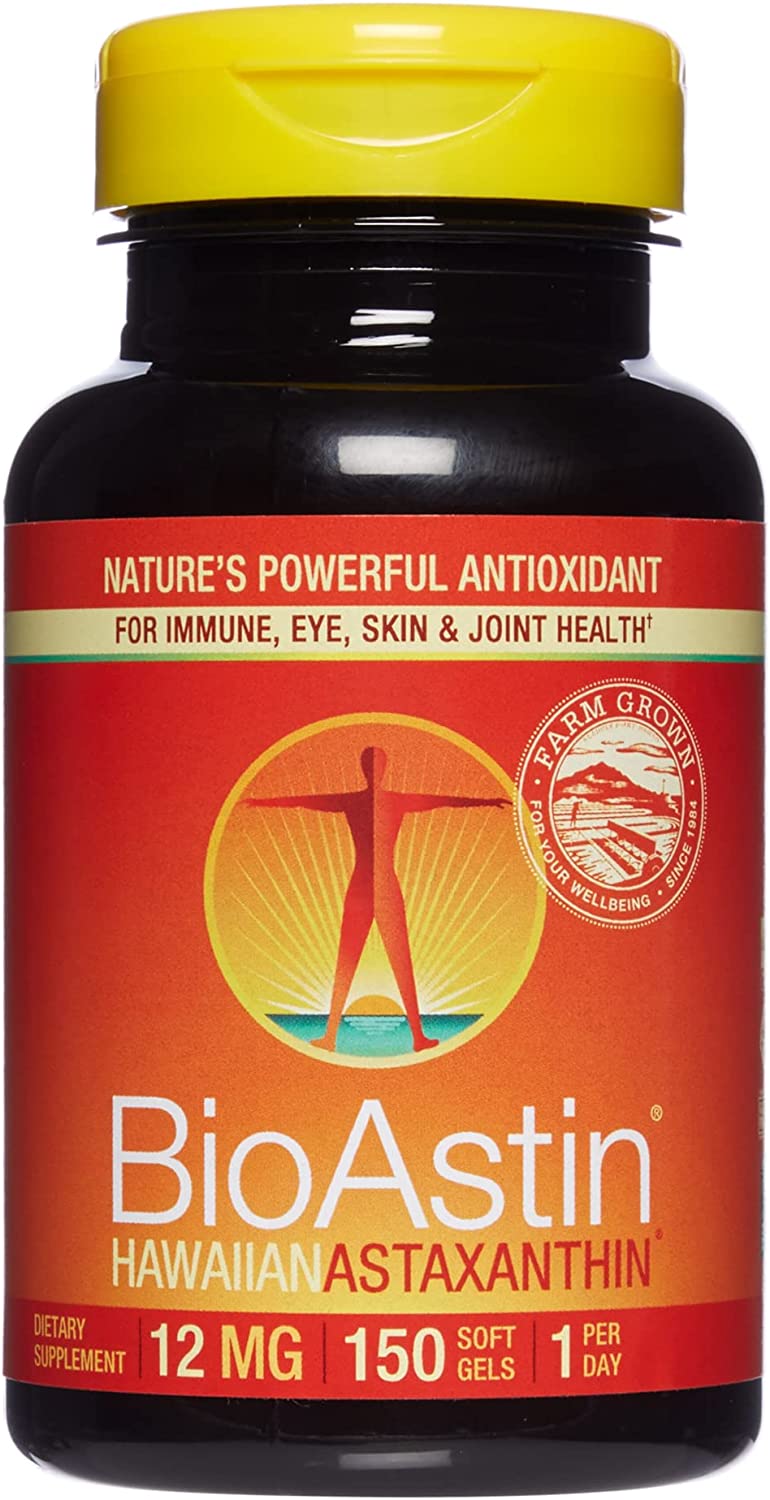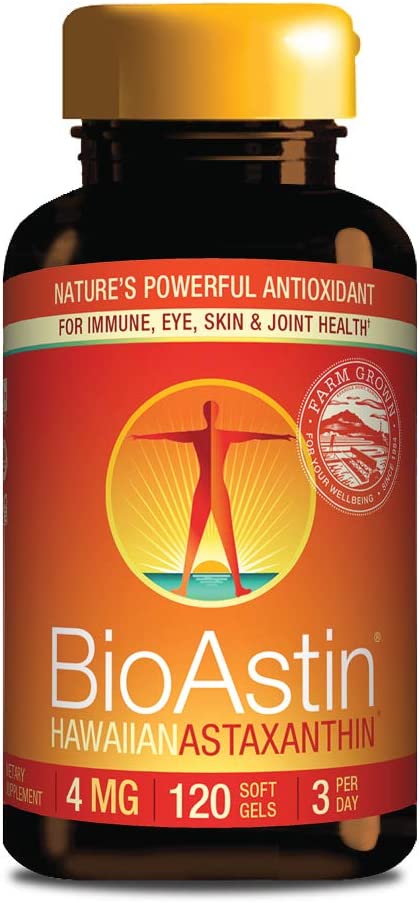A variety of changes and lifestyle choices can lead to hair loss. These can range from hormonal changes (androgenetic alopecia), to diet, and even friction (frictional alopecia).
Hair loss is a natural part of life as we mature, but it can still cause feelings of inadequacy and low confidence in social situations.
Hormonal hair loss will affect the majority of men by their mid-forties. According to a study done in 1998:1
"The proportion of men with moderate to extensive hair loss increased with increasing age, ranging from 16% for men 18-29 years of age to 53% of men 40-49."
Hair loss typically starts at the temples through a progressive recession of the hairline. This can further lead to diffuse thinning on the top of the scalp, or a significant reduction of hairs on the crown of the head.
For men, each case of androgenetic alopecia is unique but the signs of male pattern baldness tend to converge on similar patterns.
The exact stage of hair loss for male pattern baldness is measured by the Norwood scale which acts as a visual indicator for how far the hair loss has progressed.

As men age, it's normal and natural for the temples to recede slightly. This isn't always an indicator of hair loss, but if the men in your family have an established history of hair loss, it's important to take action quickly to retain the remaining hair.
The longer a person waits after initial signs of hair loss, the more unlikely it is that lost hair can be brought back through non-surgical therapies.
What causes hair loss
The most accepted theory for the cause of male pattern baldness is the the sex hormone Dihydrotestosterone (DHT). Up to 10% of testosterone is converted to DHT each day when testosterone comes in contact with the 5-alpha reductase (5-AR) enzyme.
You have multiple DHT receptors throughout your body, many of which reside in your skin and hair folicles. When DHT binds to your skin, you can experience an increase in acne. When it binds to your hair folicles, it can lead to hair folicle miniaturization.
What is hair folicle miniaturization
Hair folicle miniaturization is the process by which hair folicles progressively produce smaller hairs over time.
DHT is believed to cause miniaturization by increasing inflammatory cytokines in the scalp: 2
Androgens indirectly control hair growth by influencing the synthesis and release of cytokines from the dermal papilla cells.
These cytokines cause perifollicular fibrosis which is "[...] the overgrowth, hardening, and/or scarring of various tissues and is attributed to excess deposition of extracellular matrix components including collagen." 3
The buildup of perifollicular fibrosis over time starves hair folicles from vital nutrients, causing each new hair to be smaller than the last.
How to stop hair loss
Since DHT is thought to be the root cause of androgenetic alopecia, common therapies seek to reduce the amount of DHT in the body. This is typically done through the reduction of the 5-AR enzyme which is responsible for the conversion of testosterone into DHT.
The most popularly prescribed medications to block 5-AR include:
- Finasteride (Brand names: Propecia, Proscar)
- Dutasteride (Brand names: Avodart)
By blocking 5-AR from converting testosterone into DHT, the amount of free DHT in the body drops significantly, resulting is less folicle inflammation.
What is Astaxanthin?
Astaxanthin is a naturally occuring red pigment which belongs to a family of chemicals known as carotenoids.
Astaxanthin is what gives the flesh of salmon it's orange color, and is responsible for the red appearance of shrimp, lobster, crawfish, crabs, and krill among other marine life.
How can Astaxanthin help hair loss?
Along with other health benefits, astaxanthin has been researched as a natural 5-AR inhibitor.
According to a study which evaluated the reduction astaxanthin has on 5-AR as it relates to benign prostate hyperplasia (BPH): 4
The results show astaxanthin demonstrated 98% inhibition of 5alpha-reductase at 300 microg/mL in vitro.
In addition to being a powerful 5-AR inhibitor, astaxanthin has been studied extensively as a potent anti-inflammatory.
In a study conducted on astaxanthin's anti-inflammatory properties, it concluded that it is effective against both chronic and accute inflammation: 5
Massive evidences in vivo and in vitro have showed the anti-inflammatory effects and mechanisms of astaxanthin in mammals. Astaxanthin has been confirmed to alleviate chronic and acute inflammation in various diseases, including neurodegenerative disorders, diabetes, gastrointestinal disease, renal inflammation, as well as skin and eye diseases in different experimental models, which demonstrate that astaxanthin can be an excellent candidate for treating inflammation-related diseases.
Recommended brands of Astaxanthin
When choosing a brand of Astaxanthin, it's important to select one that is derived from a natural source such as microalgae. Avoid any Astaxanthin products that are snythetically made.
For its sustainability and natural cultivation techniques, we recommend BioAstin.
Most studies on Astaxanthin administer 12mg per day, which BioAstin offers in capsule form.


BioAstin also offers a 4mg option which can provide more control over daily dosage amounts.


Citations
- Rhodes T, Girman CJ, Savin RC, Kaufman KD, Guo S, Lilly FR, Siervogel RM, Chumlea WC. Prevalence of male pattern hair loss in 18-49 year old men. Dermatol Surg. 1998 Dec;24(12):1330-2. doi: 10.1111/j.1524-4725.1998.tb00009.x. PMID: 9865198.↩
- Jankovic SM, Jankovic SV. The control of hair growth. Dermatol Online J. 1998 Oct;4(1):2. PMID: 10217742.↩
- Wynn TA. Cellular and molecular mechanisms of fibrosis. J Pathol. 2008 Jan;214(2):199-210. doi: 10.1002/path.2277. PMID: 18161745; PMCID: PMC2693329.↩
- Anderson ML. A preliminary investigation of the enzymatic inhibition of 5alpha-reduction and growth of prostatic carcinoma cell line LNCap-FGC by natural astaxanthin and Saw Palmetto lipid extract in vitro. J Herb Pharmacother. 2005;5(1):17-26. PMID: 16093232.↩
- Chang MX, Xiong F. Astaxanthin and its Effects in Inflammatory Responses and Inflammation-Associated Diseases: Recent Advances and Future Directions. Molecules. 2020 Nov 16;25(22):5342. doi: 10.3390/molecules25225342. PMID: 33207669; PMCID: PMC7696511.↩
